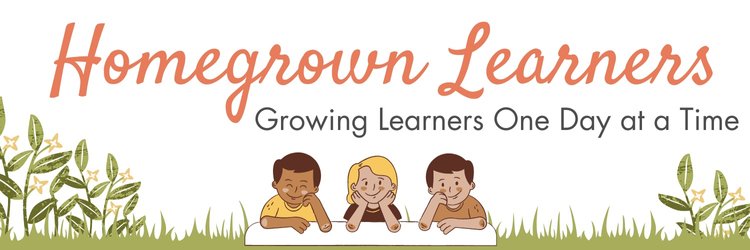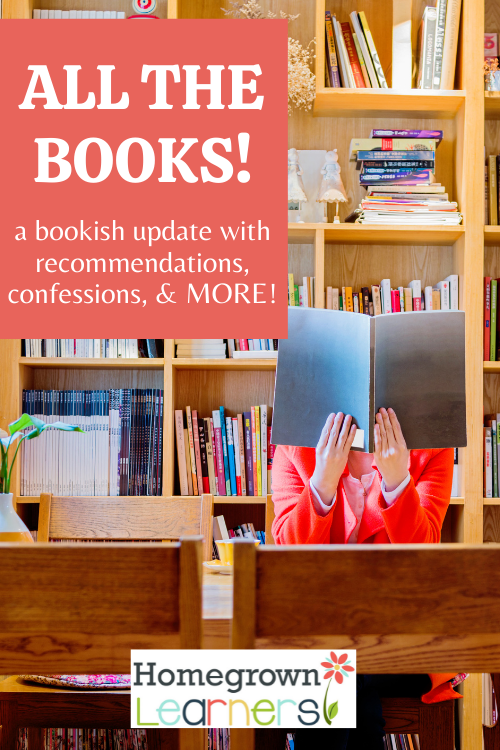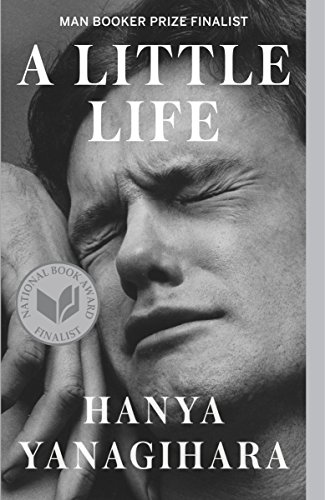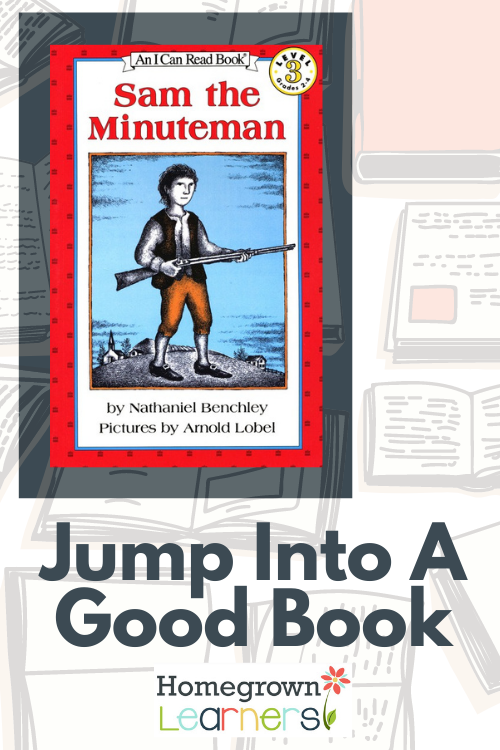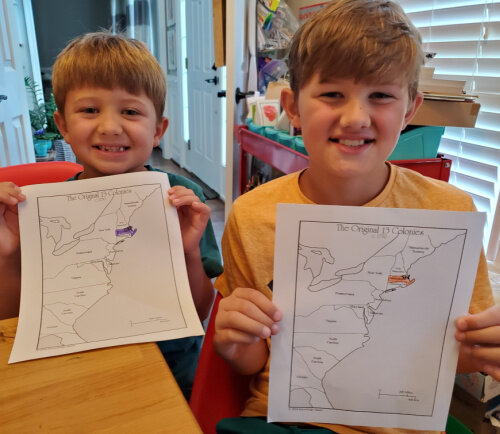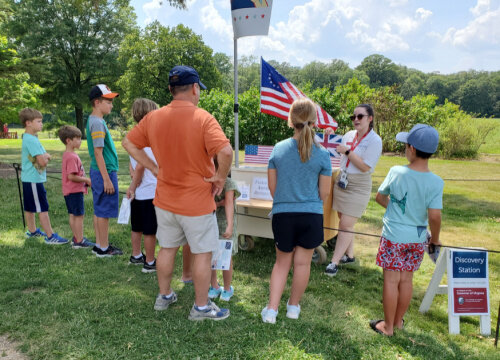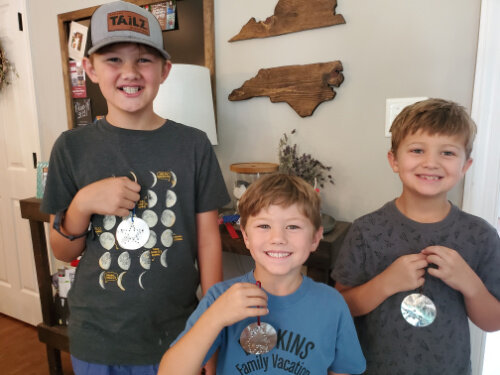I owe you a reading update. It’s been three months since I last posted about my reading life.
(I’ve been too busy reading to write a post - wink.)
All those cliche things you see about book lovers? They are all probably true about me - and I’m guessing if you’re reading this they are probably true about you, too.
My big focus for 2021 has been to cultivate a more intentional reading life. It was helpful to state those 5 goals in January because I look back at them often; they have been guiding principles for the year.
Let’s go through each of those 5 principles and I’ll give you a report on how it’s going - and in the process I hope you can gain book recommendations, inspiration, and maybe some helpful tips for your reading life, too.
Note: If you are on Instagram, come follow my book account, Homegrown Book Picks. I post each book I read and a brief review. I think the #bookstagram community is a wonderful place to find books and connect with other readers. I also truly enjoy The Potato Peel Society Book Community on Facebook.
Include More Non-Fiction
I don’t gravitate towards nonfiction, but I want to be smarter (HA!) - seriously though, I do want to spend more of my reading time to intentionally learn, and I know that can come through nonfiction.
As a percentage of what I read, it still isn’t that much, but I’m getting better.
If you have a great non-fiction title to recommend to me, leave it in the comments of this post!
These are the nonfiction books I’ve read so far this year - I’ve put them in order from what I liked best to least. (I wouldn’t recommend the last three books, FYI.)
The Splendid and the Vile: A Saga of Churchill, Family, and Defiance During the BlitzCircle of Quiet (Crosswicks Journal) by Madelaine L'Engle (31-Dec-1998) PaperbackA Severe MercyThe Screwtape Letters (Turtleback School & Library Binding Edition)Professor and the Madman: A Tale of Murder, Insanity, and the Making of the Oxford English DictionarySecondhand: Travels in the New Global Garage SaleBlackout: How Black America Can Make Its Second Escape from the Democrat PlantationSuffer Strong: How to Survive Anything by Redefining EverythingBrick by Brick: How LEGO Rewrote the Rules of Innovation and Conquered the Global Toy IndustryThe Coddling of the American Mind: How Good Intentions and Bad Ideas Are Setting Up a Generation for FailureOh, Florida!: How America's Weirdest State Influences the Rest of the CountryYou Never Forget Your First: A Biography of George WashingtonLady in Waiting: My Extraordinary Life in the Shadow of the Crown
Make Time for Middle Grades
I’m loving middle (and high school) reading.
These books are DEFINITELY not just for young people. Many times it is a balm for my soul to read a beautiful middle/upper grades novel.
An author I’ve rediscovered this year is Michael Morpurgo. He has such a beautiful way of approaching difficult topics through story, and I can see his books leading to wonderful discussions with our teens in particular.
Once again - here are the books I’ve read so far this year, in order from best to least loved. There isn’t a book in this list I wouldn’t recommend!
A Place to Hang the MoonElephant in the GardenThe War That Saved My LifeListen to the MoonThe War I Finally WonBeyond the Bright SeaWolf HollowShadow by Michael Morpurgo (2012-09-04)Leaving Lymon (The Finding Langston Trilogy)Finding Langston (The Finding Langston Trilogy)WishtreeRIDING THE RAILS TO HOME: A Newsie Rides the Orphan TrainThe Journal of Finn Reardon: A newsie, New York City, 1899 (My Name Is America)Jane of Lantern Hill (Virago Modern Classics)Insignificant Events in the Life of a Cactus (Volume 1)
Give Me All the Historical Fiction
Many of the books in the middle/upper grades category are historical fiction. The ones I will list here are just the books I’ve read for adults.
It’s hard for me not to read ONLY historical fiction, but I still want to read what I love. Does that make sense?
Again, they are in descending order. I don’t recommend Kristin Hannah’s The Four Winds - it fell into that category of “authors trying to pander to culture by including a popular agenda in their writing”.
I always love anything by Susan Meissner, so if you want to take an author and read everything by them, she gets my vote.
The Nature of Fragile ThingsHonolulu: A NovelCode Name VerityThe Pearl ThiefFates and Traitors: A Novel of John Wilkes Booth and the Women Who Loved HimThe Girls with No Names: A NovelIscariot: A Novel of JudasThe Royal Nanny: A NovelThe Children's Blizzard: A NovelLady Clementine: A NovelThe Four Winds: A Novel
Allow a Little Room for Escape
Because we’re in the homeschool world maybe I should use the term “twaddle”.
Or, maybe a better heading would be guilty pleasures?
As I’ve gotten older I don’t have much patience for foul language or sex in books, but a couple of these books did have that, and I kept reading anyway because it didn’t outweigh the actual value I was getting from the story - if that makes sense. Almost all of these are books that are (or have been) “popular” in culture. The older I get I also don’t like reading what most of the culture is reading, either.
The only one of these books that I would definitely steer you away from is Mary Jane. I couldn’t get on board with what I considered negligent child-rearing in this book.
A Little Life really impressed me, but it was full of triggers and it was a difficult read. The main character’s life was so very hard - 800 pages of hard to be exact. You have to be in a very good place if you’re going to tackle this book. That being said, I gave it four stars on Goodreads because the writing was excellent.
Tackle Those Classics
I need to get better about reading classics.
It isn’t my go-to genre, but once I am reading a good classic, I wonder why I don’t pick more!
I Capture the Castle has been my favorite, with the books by Elizabeth Goudge (where has she been all my life?) coming in a close second. Actually, I enjoyed all of the books here with the exception of C.S. Lewis’ Out of the Silent Planet (I just have trouble with Science Fiction).
Again, I could use your help with a favorite classic - leave me yours in the comments below!
A Final Confession
Do you think there is a thing as reading too much?
My family teases me that I always have a book with me - and that when everyone sits down to play a board game I would rather be reading.
So, my confession is this: maybe I am compulsive about reading. Maybe I need to put down my book and be present with the people around me. Do you have this problem, too?
Then again, I look at all of the benefits of reading and think I could have much worse habits, right?
My Favorite Way to Read
Forever and always my favorite way to read will be a physical book.
I spend a lot of time at the library, our local Goodwill, and ordering books online. I am among the legions of people who are obsessed with owning books!
I do enjoy reading at night (and don’t want to keep my husband awake!), so I read a lot on my iPad.
My membership to Scribd has been invaluable to me. There are so many audiobooks and ebooks available, and it is only $9.99/month! So far this has been the most cost-effective (other than the library) way for me to get my hands on a lot of books.
You can try Scribd free for 30 days if you use this link.
I mentioned audiobooks, which I also find on Scribd and through the library. I listen in the car, while I’m doing laundry, and sometimes when it’s quiet at home and I’m just doing chores. There’s something about the audiobook experience I really enjoy, especially if I know the narration is done well.
Until the next reading update, I wish you much enjoyment and pleasure from your books.
And, if you get a chance, would you please recommend a book to me in the comments below?
You might also like:
